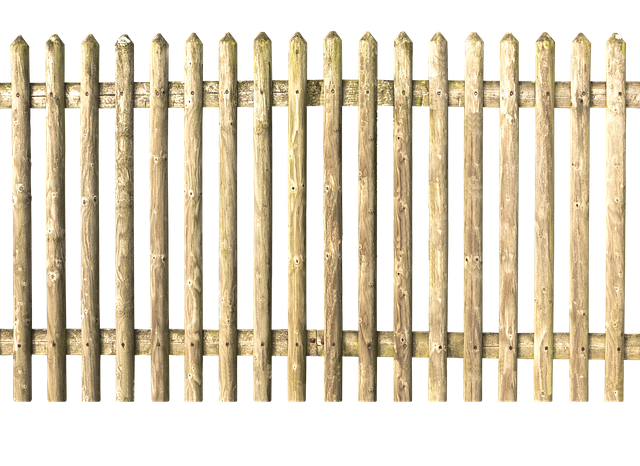In New Bedford, MA, vinyl fence installations have become a popular choice for property owners seeking durable and low-maintenance outdoor solutions. This comprehensive guide delves into the world of vinyl fencing, equipping readers with essential knowledge. From understanding various vinyl fence types suitable for local climates to selecting the ideal contractor for your project, we cover it all. Learn through each step of the installation process and discover maintenance tips to ensure your new vinyl fence remains in top condition for years to come.
- Understanding Vinyl Fence Types for New Bedford Installations
- Choosing the Right Contractor for Your Property
- Installation Process: Step-by-Step Guide
- Maintenance Tips to Prolong Fence Lifespan
Understanding Vinyl Fence Types for New Bedford Installations
When it comes to vinyl fence installations in New Bedford, understanding the various types available is key. Vinyl fences are a popular choice due to their durability, low maintenance, and aesthetic appeal. There are three main styles: picket fences, privacy fences, and post-and-rail fences. Picket fences offer a classic look with individual boards stretching along the top, providing both security and visual appeal. Privacy fences, as the name suggests, are designed to block out views and offer maximum seclusion, often featuring solid panels. Post-and-rail fences provide a more traditional farm-style appearance with vertical posts supporting horizontal rails.
Each type offers different levels of privacy, durability, and visual aesthetics. For instance, picket fences may require more frequent repairs due to their individual board design but add charm and detail to a property. Privacy fences are ideal for homes seeking complete seclusion while post-and-rail fences can be a great choice for historical or rustic themes. Choosing the right type depends on personal preference, fencing goals, and the specific needs of your New Bedford property.
Choosing the Right Contractor for Your Property
When considering vinyl fence installation, selecting the right contractor is paramount to ensure your project’s success and the longevity of your new fence. Researching local contractors and comparing their services, experience, and customer reviews can help make an informed decision. Look for professionals with a proven track record, offering high-quality materials and craftsmanship.
Check if they specialize in vinyl fence installation, as this expertise ensures they have the necessary skills and knowledge to handle any challenges unique to this material. A good contractor will also provide transparent pricing, detailed estimates, and ensure compliance with local building codes, giving you peace of mind throughout the installation process.
Installation Process: Step-by-Step Guide
The installation process for a vinyl fence begins with preparing the site, ensuring it’s clear and level. The contractor marks out the perimeter using string or other tools to ensure precise measurements. Next, they dig post holes at regular intervals, which are then lined with plastic to prevent water damage and reinforced with concrete for stability.
The posts are set in place, usually made from pressure-treated wood or vinyl, and secured firmly. The rails are attached to the posts, creating a framework. Then, panels of vinyl fencing are fitted between the rails, secured with brackets and screws. Finally, any gate or accessory installations are completed, ensuring a secure and aesthetically pleasing fence.
Maintenance Tips to Prolong Fence Lifespan
To prolong the lifespan of your new vinyl fence, regular maintenance is key. Start by cleaning the fence at least once a year to remove any buildup of dirt, leaves, or debris. Use a soft-bristled brush and mild detergent; avoid harsh chemicals that could damage the vinyl. A pressure washer can also be effective for deep cleaning, but use it sparingly to prevent wear and tear.
Inspect your vinyl fence for any signs of damage, such as cracked or broken panels, loose posts, or corroded hardware. Repair or replace damaged parts promptly to prevent further deterioration. Keep an eye out for pooling water or moisture, which can lead to rot and weaken the fence structure. Ensure proper drainage around the fence and address any leaks or overwatering immediately. Lastly, apply a fresh coat of vinyl protector or sealer every few years to maintain the fence’s appearance and protect it from harsh weather conditions.
